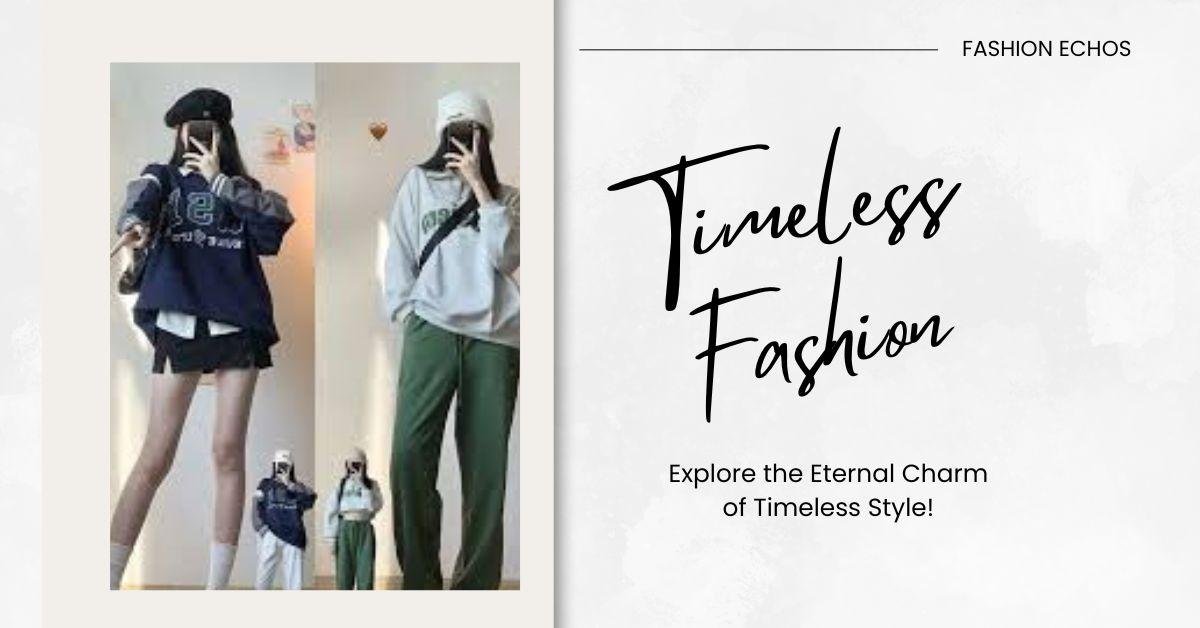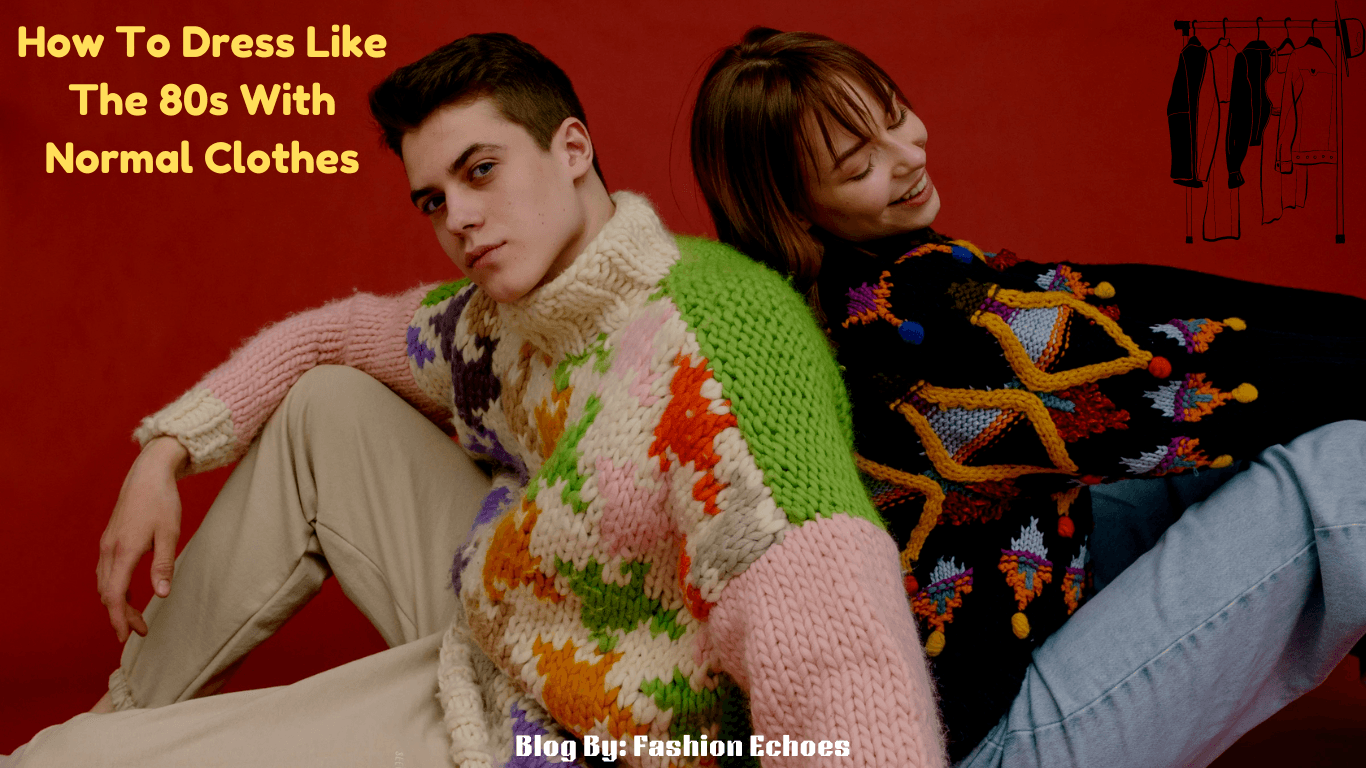The Evolution of Women’s Fashion in the Republic of China Era
During the Republic of China era (1912-1949), women’s fashion 1912 in China underwent a significant transformation, reflecting the changing social and cultural landscape of the time. The impact of Western ideas and fashion trends, particularly in metropolitan cities like Shanghai, led to a surge in innovative and diverse clothing styles for women. The qipao, also known as cheongsam, appears as one of the most iconic and widely adopted garments during this period, becoming a symbol of Chinese women’s elegance and sophistication.
The Origins of the Qipao and Its Evolution:
The origins of the qipao can be traced back to the traditional clothing of the Manchu people, who ruled China in 1912 fashion during the Qing Dynasty (1644-1912). The qipao’s design evolved over time, and in the early years of the Republic of China, it was recognized as one of the national formal dresses by the government in 1929. This formal recognition further popularized the qipao among women across the country.

1930s Design Refinements:
The qipao’s popularity held out its zenith in the 1930s, a golden age for the garment’s development and refinement. Inspired by the advantages of Western short dresses, the qipao underwent modifications, such as a reduced collar size and a slightly shortened length, resulting in a more form-fitting and flattering silhouette that accentuated the female figure. The qipao’s ability to seamlessly blend traditional Chinese elements with modern Western influences made it an irresistible choice for women seeking to express their individuality and style.
Western-Style Clothing and Its Appeal to Modern Chinese Women
Adoption of Western Garments: Dresses, Coats, and Gowns:
In addition to the qipao, the Republic of China era also grew in fascination with Western-style clothing. Women increasingly embraced Western-inspired garments such as dresses, coats, and formal gowns, incorporating elements like lapels, off-shoulder designs, high heels, stockings, and permed hair into their fashion choices.
Fashion Icons: Movie Stars and Intellectuals Leading the Trend:
These styles were particularly popular among movie stars and socialites of the China 1912 fashion, who were often at the forefront of adopting foreign cultural influences and pushing the boundaries of traditional dress codes. Renowned female intellectuals and writers of the time, such as Eileen Chang and Lin Huiyin, were also known for their affinity for Western-style clothing.
Eileen Chang and Lin Huiyin: Western Influence on Fashion and Identity:
Another notable China 1912 fashion trend during the Republic of China era was the “student uniform,” which typically consisted of a blue top and black trousers or skirt. The uniform’s design often featured a belted waist and various collar styles, such as square, round, or sailor collars, adding a touch of variety to the overall look. The accompanying skirts also came in different styles. Showcasing the creativity and diversity within the framework of the student uniform.
In contrast to the one-piece structure of the qipao, the “ao qun” (jacket and skirt) style offered a two-piece change. Although this style predated the Republic of China era, it underwent significant improvements during this period. Influenced by Japanese women’s clothing, the ao qun featured a narrow, elongated, high-collar jacket paired with a simple, unadorned black skirt. This understated and elegant combination became known as the “civilized new attire,” representing a departure from the past’s more ornate and traditional styles.
The Republic of China Era: A Reflection of Social Change Through Fashion
The 1912 Chinese fashion trends of the Republic of China reflected women’s changing tastes and preferences and symbolized the country’s broader social and cultural shifts. As China navigated the complex landscape of modernization and Westernization, women’s fashion became a visible manifestation of these transformations. Incorporating Western elements into traditional Chinese clothing styles represented a desire to embrace progress and change while maintaining a connection to cultural heritage and identity.
The qipao, in particular, emerged as a powerful symbol of this cultural fusion. Its ability to combine the grace and elegance of traditional Chinese aesthetics with the practicality and simplicity of modern Western design made it a timeless and versatile garment. The qipaos evolution throughout the Republic of China era showcased the ingenuity and adaptability of Chinese fashion, as designers and wearers alike sought to create a distinctly Chinese and internationally appealing style.
The Lasting Influence of the Republic of China Era on Modern Fashion
The influence of the Republic of China era on women’s fashion extends far beyond the boundaries of time and place. The styles that emerged during this period have left an indelible mark on China’s 1912 fashion history and continue to inspire and inform contemporary designers and fashion enthusiasts worldwide. The qipao, for example, has experienced a resurgence in popularity in recent years, with many modern iterations paying homage to its rich cultural heritage while incorporating fresh, creative elements to appeal to a new generation of wearers.

Moreover, the fashion of the Republic of China era serves as a reminder of the important role that clothing can play in shaping and expressing individual and collective identities. The choices made by women during this period, whether it was to embrace the qipao, experiment with Western-style garments, or adopt the understated elegance of the ao Qun, reflected their desire to assert their independence, challenge traditional gender roles, and participate in the broader cultural conversations at their time.
As we look back on the fashion of the Republic of China era, we are reminded of the power of clothing to serve as a visual language, communicating ideas, values, and aspirations across time and space. The women who wore these garments were not merely passive consumers of fashion trends but active agents in shaping the cultural landscape of their era. Their choices and innovations continue to inspire and inform our understanding of the complex relationship between China’s 1912 fashion, identity, and social change.
Conclusion:
In conclusion, the China 1912 fashion of the Republic of China era represents a fascinating chapter in Chinese history that speaks to Chinese women’s resilience, creativity, and adaptability in the face of tremendous social and cultural upheaval. By embracing tradition and modernity, these women created a fashion legacy that resonates with us today, reminding us of the enduring power of clothing to shape our sense of self and our place in the world. As we continue to explore and celebrate the rich history of China 1912 fashion, we honour the women of the Republic of China era and the indelible mark they left on the world of style.



